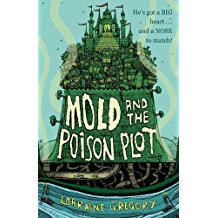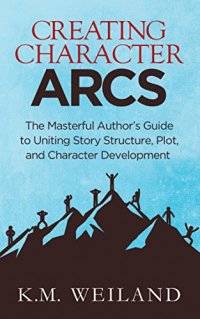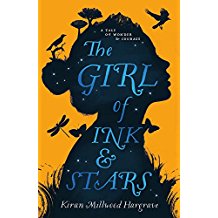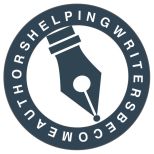There’s lot’s of really fab blog posts about mental health out there. Here’s my small contribution.

We’re all the same, you know. It doesn’t matter who you are or what you do, it still kicks you in the guts when someone ‘rejects’ your work. If you feel that way now or have felt that way before (or fear you may feel that way in the future!), you’re in ‘good’ company.
Now, I reckon that I’m a pretty positive person. My overall attitude to my writing (in my pursuit of a traditional publishing contract for my middle grade dragon fantasy, ‘Dragonspire’) is that I’m confident that I can write to a publishable standard and I believe that I have a chance of achieving my dream. I don’t say, for one moment, that I will achieve my dream but I reckon (when I’m ready to submit!) that I’ll be in there with a shout along with thousands of others all jostling for position before agents and editors.
I have a chance.
People who know me may look at the fact that I’m a lawyer and might assume that I’m supremely confident and am bound to succeed, etc. Not true. We’re all the same.
When I wasn’t longlisted for the Bath Children’s Novel Award last year and wasn’t long listed for SCBWI’s Undiscovered Voices competition earlier this month, it knocked my confidence, such as it is. I’d turned-in something I thought was pretty darned good! I know it’s not a personal rejection but it’s hard for it not to feel that way. Did I assume that I would win both those competitions? No! At least the rational side of my brain didn’t.
The dreamer inside me thought I might get longlisted though.
Being honest, I couldn’t stop myself I dreaming that I might have been longlisted as an indication (in line with my beliefs as set out above) that I’m ‘in there with a shout’. Not getting anywhere in either, inevitably made me question if I was utterly deluded.
Am I? I hope not! In some sense, I have to think this way. Thinking any other way leads to despair and failure due to giving up. I am not going to give up. I can write and, maybe someday, I’ll approach the right person and the right time with the right story and my dream of being traditionally published will come true! That’s a possibility, right? Of course it is. It doesn’t mean it will happen but that chances of it happening are a whole lot bigger if I try than if I don’t.
It’s important to dream. You should dream. It’s the dream that keeps you going. But, of course, it will likely be dashed far more of than it will be realised. So, we pick our egos up off the floor, give them a quick wipe and shove them back inside our heads and we go again. Them’s the knocks we take in the pursuit of getting our stories into the hands of children (or whatever genre you write in). It’s tough and we need thick skin and if you’re feeling that way reading this just remember, we’re all the same and we’ve all felt this way from time-to-time and we’ve survived and gone on writing.
My writerly friends on line have all been through the same thing and that camaraderie definitely helps. Everyone needs a little pick-me-up sometimes.
Self-doubt, imposter syndrome, the never-ending mountain that is the pursuit of publication, is a rough road. My advice is to find some fellow travellers and try to take in the scenery along the way. Believe in yourself, allow yourself to dream, and keep putting one foot in front of the other no matter the rocks that the mountain tries to thrown down at you. Who knows, one day, you, and your fellow travellers, might just arrive.










